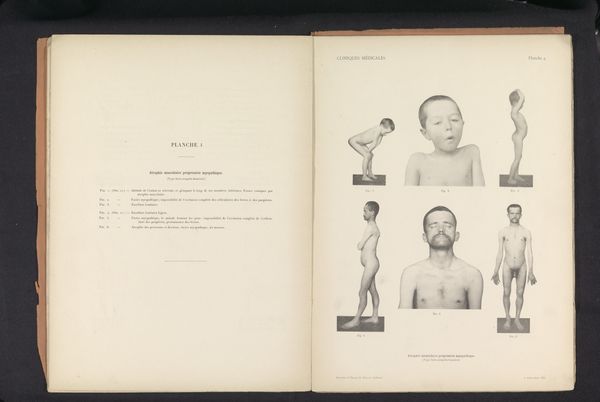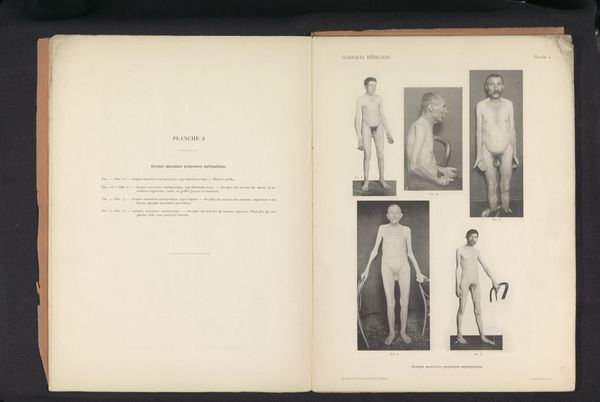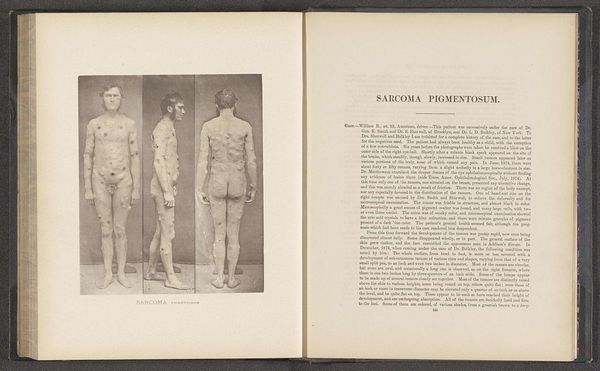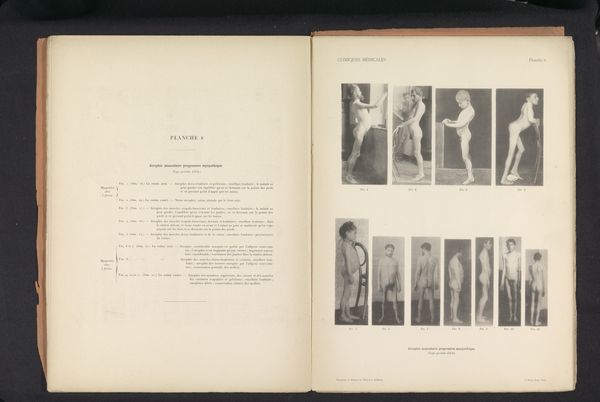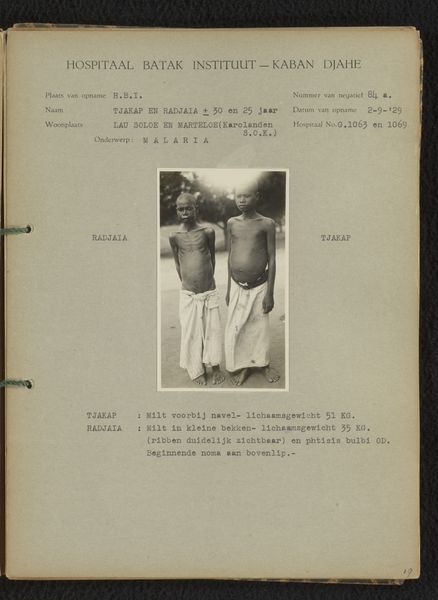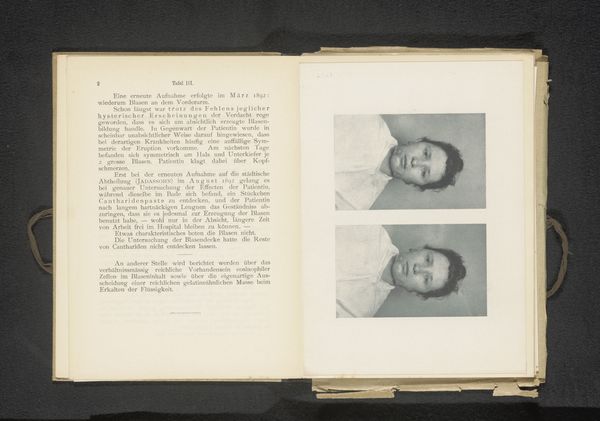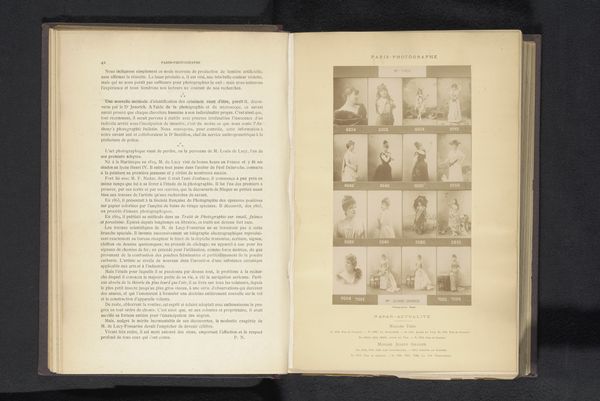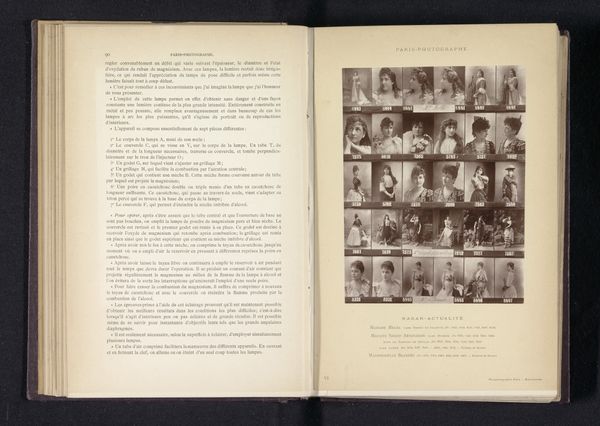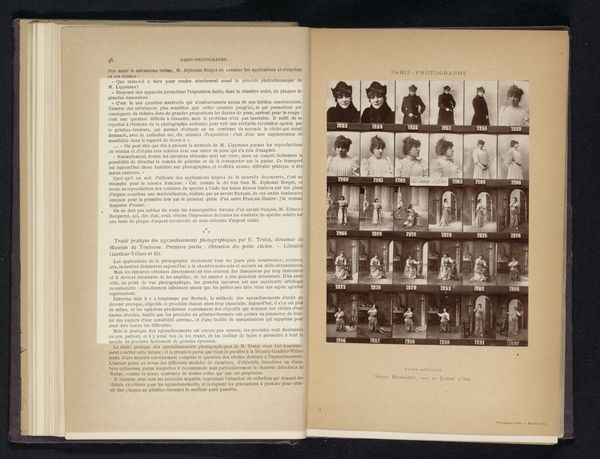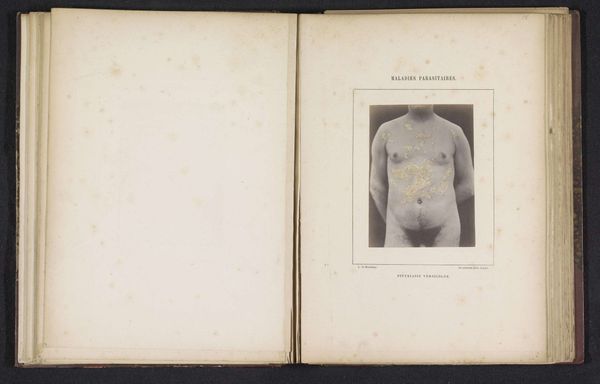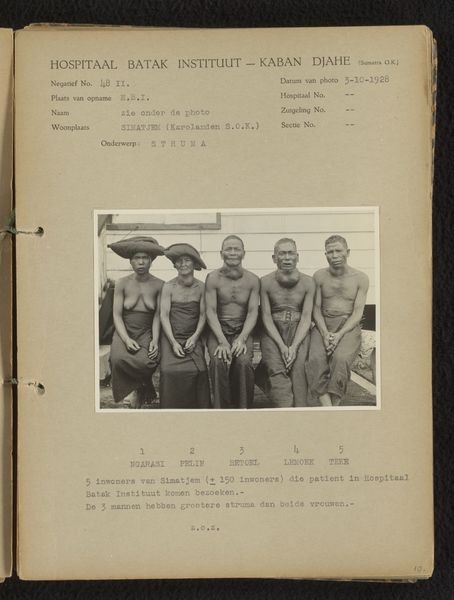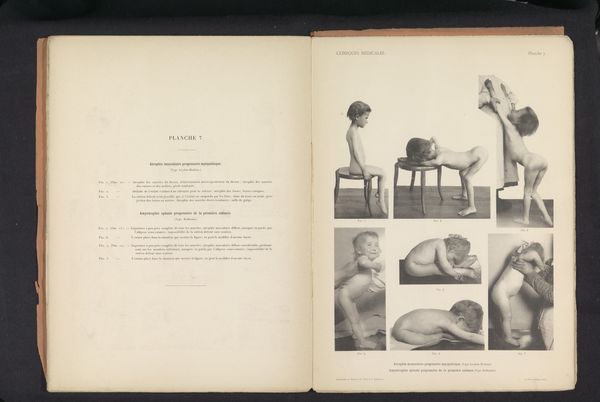
Negen aanzichten van een onbekende man en vrouwen met musculaire atrofie before 1901
0:00
0:00
print, photography
#
portrait
# print
#
figuration
#
photography
#
realism
Dimensions: height 377 mm, width 295 mm
Copyright: Rijks Museum: Open Domain
Curator: This haunting series of photographic prints, dating to before 1901, is titled "Negen aanzichten van een onbekende man en vrouwen met musculaire atrofie," attributed to an anonymous artist. The realism is stark, almost brutal. Editor: Brutal is right. There’s something inherently disturbing about this… clinical dissection of the human form. The photographic print medium reinforces the almost surgical precision. It’s less art, more autopsy. Curator: Yet, observe how the composition directs our gaze. Each figure, isolated against a blank background, emphasizes the line, shape, and structure of the body. The subtle tonal gradations in the black and white print highlight the receding contours. Editor: But let's not overlook the process—the clinical observation, the staging of the subjects, presumably people living with muscular atrophy, the ethical implications of such representation. What sort of consent was obtained? What was the photographer’s purpose in producing these prints? The labor of posing the subjects... the physical discomfort is implied, especially. Curator: Semiotically, each pose acts as a sign, documenting stages of the disease. Note how each presentation emphasizes a different area of muscular degeneration—the skeletal angularity and diminished bulk—each shot is a record that visualizes degradation. Editor: Exactly! Consider these prints not just as clinical documents but as objects made with care, representing those forgotten or rendered invisible, which calls for more than just formal appreciation but also acknowledgement of context and power structures within this sort of depiction. The power in medical representation throughout history needs more unpacking. Curator: It prompts contemplation not only on formal decline but perhaps social responsibility. I find the use of shadow to accentuate depth powerful; it emphasizes volume and invites empathy by revealing loss. Editor: And to remember the unnamed, faceless human labor. The print process created an exchange… these medical materials reflect power and vulnerability; let’s discuss who is holding the power, why they’re exhibiting the vulnerable. Curator: Ultimately, viewing art through diverse methodologies brings essential perspectives to light, creating understanding. Editor: Agreed. Bringing it into the light is a form of respect.
Comments
No comments
Be the first to comment and join the conversation on the ultimate creative platform.
